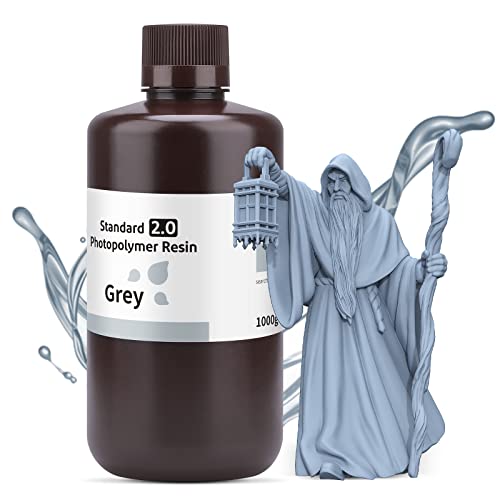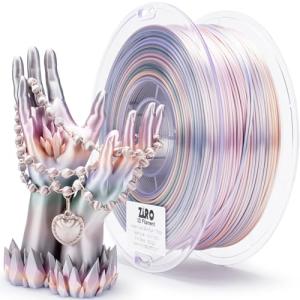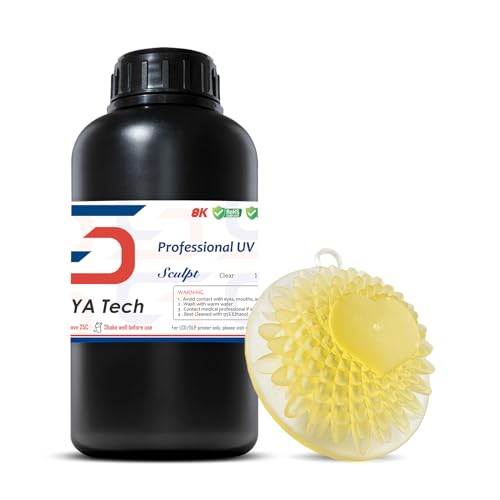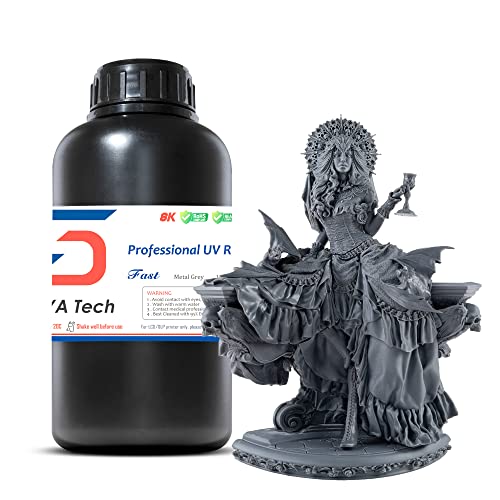Diving into 3D printing can feel a bit overwhelming at first, but don’t worry! Getting started is easier than you think. The first step is understanding the basics. You’ll want to know what 3D printing techniques are available and which one suits your needs best. Most beginners start with FDM (Fused Deposition Modeling) because it's user-friendly and pretty affordable.
Once you’ve picked your printer, it’s time for filament! There are various types—PLA, ABS, PETG, and more. Each has its unique properties. PLA is great for beginners since it’s biodegradable and prints easily, while ABS works well for stronger objects. Choose the right filament based on what you plan to create.
Next up is design. If you're not ready to dive into 3D modeling software, tons of free designs are available online. Websites like Thingiverse and MyMiniFactory offer loads of STL files that you can print right away. Just remember to check if the model matches your printer's specifications.
Finally, get familiar with your printer's settings. Each 3D printing technique may require different print speeds, temperatures, and layer heights. Play around with these settings to see what works best for your projects. Don’t hesitate to experiment! It’s all part of the fun. Happy printing!
Essential Tools for 3D Printing Success
When you dive into the world of 3D printing, having the right tools can make a world of difference. Let's break down a few essential items to help you nail those 3D printing techniques and get amazing results. Whether you're a newbie or have some prints under your belt, these tools are game-changers.
1. Quality Filament
Your filament choice plays a big role in your prints. Go for high-quality materials, like PLA or ABS, depending on your project. PLA is great for beginners because it's easy to work with. ABS, on the other hand, is tougher and better for functional parts. Remember to store your filament properly to keep it fresh for better prints!
2. A Reliable 3D Printer
This one seems obvious, but not all printers are created equal. Look for a model that suits your needs and budget. You want something that has good reviews, is user-friendly, and has a solid build quality. A reliable printer helps you avoid headaches and focuses on getting those 3D printing techniques right.
3. A Good Slicing Software
Slicing software takes your 3D model and prepares it for printing. Popular options like Cura and PrusaSlicer allow you to tweak settings for best results. You can adjust layer height, print speed, and infill density. Spend some time getting to know the software; it’s worth it for mastering your 3D printing techniques.
4. Calibration Tools
Calibrating your printer is essential for quality prints. A simple bed leveling tool or even a piece of paper can help ensure your nozzle is at the right height. A well-calibrated printer lays the foundation for success. Your prints will come out looking sharp and impressive, making those 3D printing techniques shine!
ELEGOO 2.0 Grey Photopolymer Resin for 3D Printing
Get stunning detail and vibrant colors with this easy-to-use resin designed for top-notch 3D printing results
Product information
€21.70
Product Review Score
4.75 out of 5 stars
199 reviewsProduct links
Tips for Perfecting Your Prints
Perfecting your prints takes a bit of practice, but it’s totally worth it! Here are some handy tips to boost your 3D printing techniques and get those amazing results you’re looking for.
First off, make sure your 3D printer is properly calibrated. This step is super important. A well-calibrated printer can save you a ton of frustration. Spend some time adjusting the bed level and checking the nozzle height. It makes a big difference in print quality!
The next tip is to pick the right filament for your project. Different materials behave differently. PLA is great for beginners since it’s easy to print with, while ABS offers more durability for functional parts. Experiment with a few types to see what works best for your style and needs.
Don’t overlook the importance of good print settings. Play around with layer height, print speed, and infill density. Finding that sweet spot can really elevate your prints. Using a slower speed can often improve detail, while a higher infill can make your prints sturdier.
Lastly, keep your workspace clean and your printer maintained. Dust and debris can easily mess up your prints. Regularly check and clean the nozzle and the build plate. Trust me, a clean setup will lead to smoother printing sessions and better results over time!
ZIRO Shiny PLA Gradient Filament for 3D Printing
Bring your 3D prints to life with vibrant colors and a smooth finish using ZIRO's Shiny PLA Gradient Filament
Product information
€23.85 €22.72
Product Review Score
4.56 out of 5 stars
102 reviewsProduct links
Troubleshooting Common 3D Printing Issues
3D printing can sometimes feel like a puzzle. When things don’t go as planned, it can be frustrating. Let’s tackle a few common issues you might run into when using those 3D printing techniques.
If you notice that your prints are coming out stringy, your extruder temperature might be too high. Lowering the temperature by about 5 to 10 degrees can help. Also, check your filament. If it’s damp, it can cause the printer to spit out strings instead of smooth lines. Keeping your filament dry can save you from a lot of headaches.
For those pesky prints that just won’t stick to the bed, it’s usually a bed leveling issue. Make sure your print bed is level and clean. You can also try using some glue stick or painter’s tape to help your print adhere better. If the first layer isn't sticking, your print just won't turn out right.
Another common headache is the dreaded layer separation. If your prints seem to be peeling apart, your print speed might be too fast, or your cooling settings could be off. Slowing down the print speed can improve adhesion between the layers. Sometimes, a tiny adjustment can make a huge difference.
Remember, troubleshooting is part of the adventure with 3D printing techniques! Keep experimenting and tweaking things until you find what works best for your printer and material.





